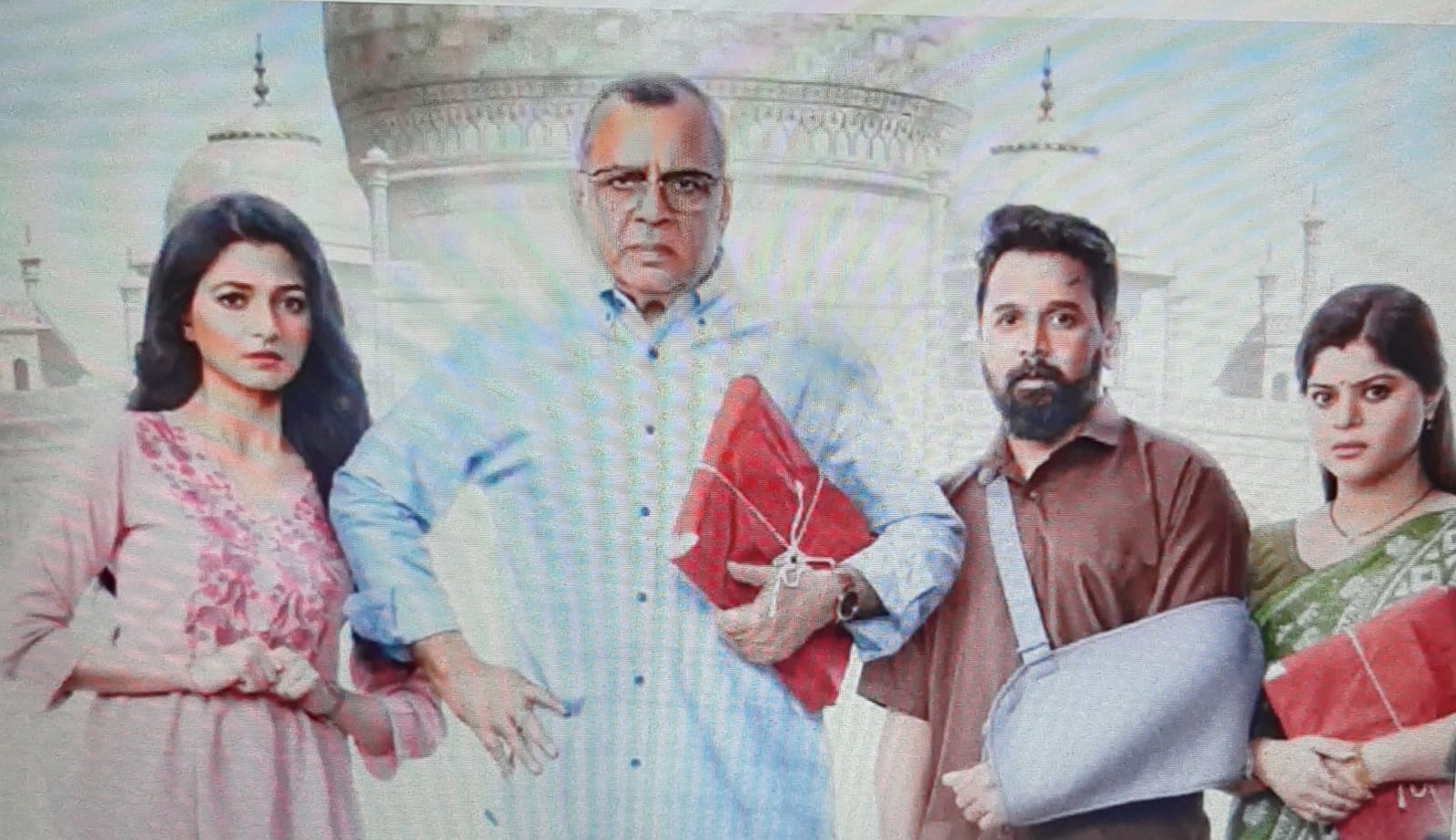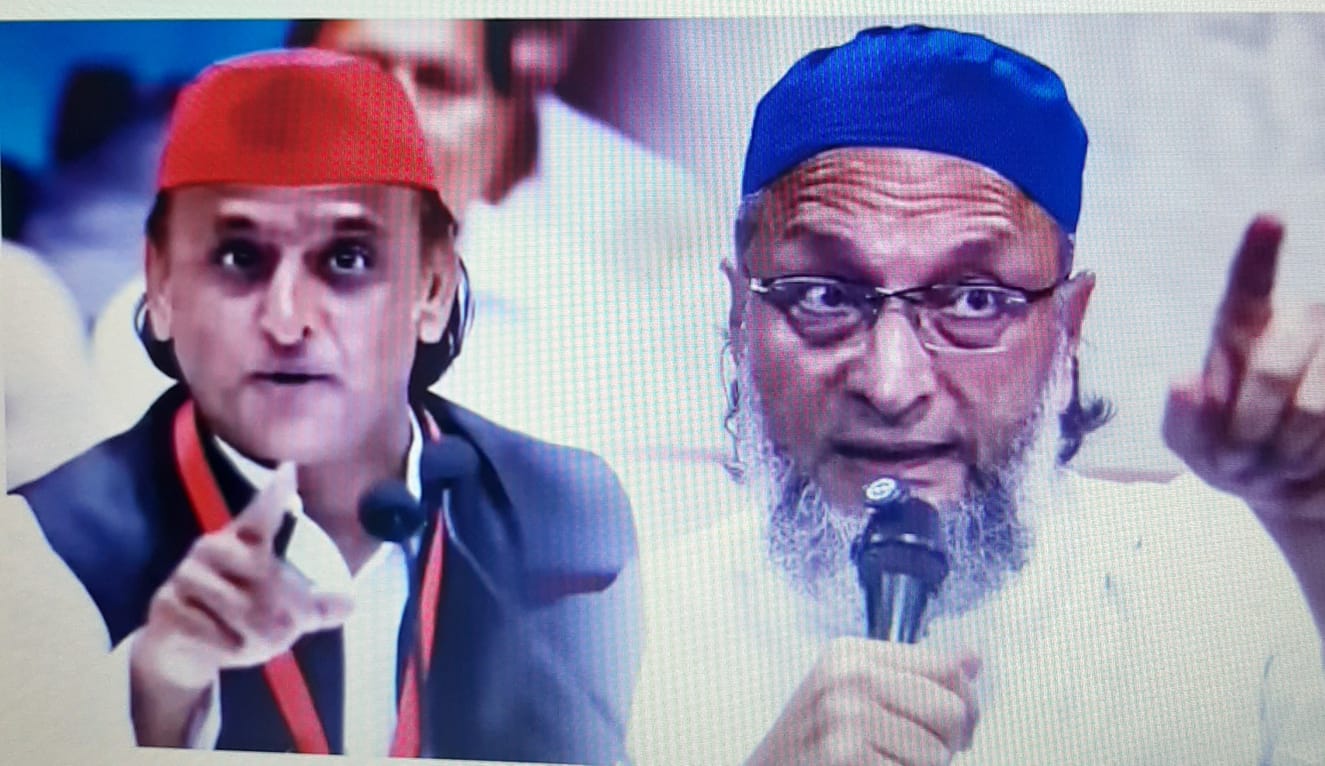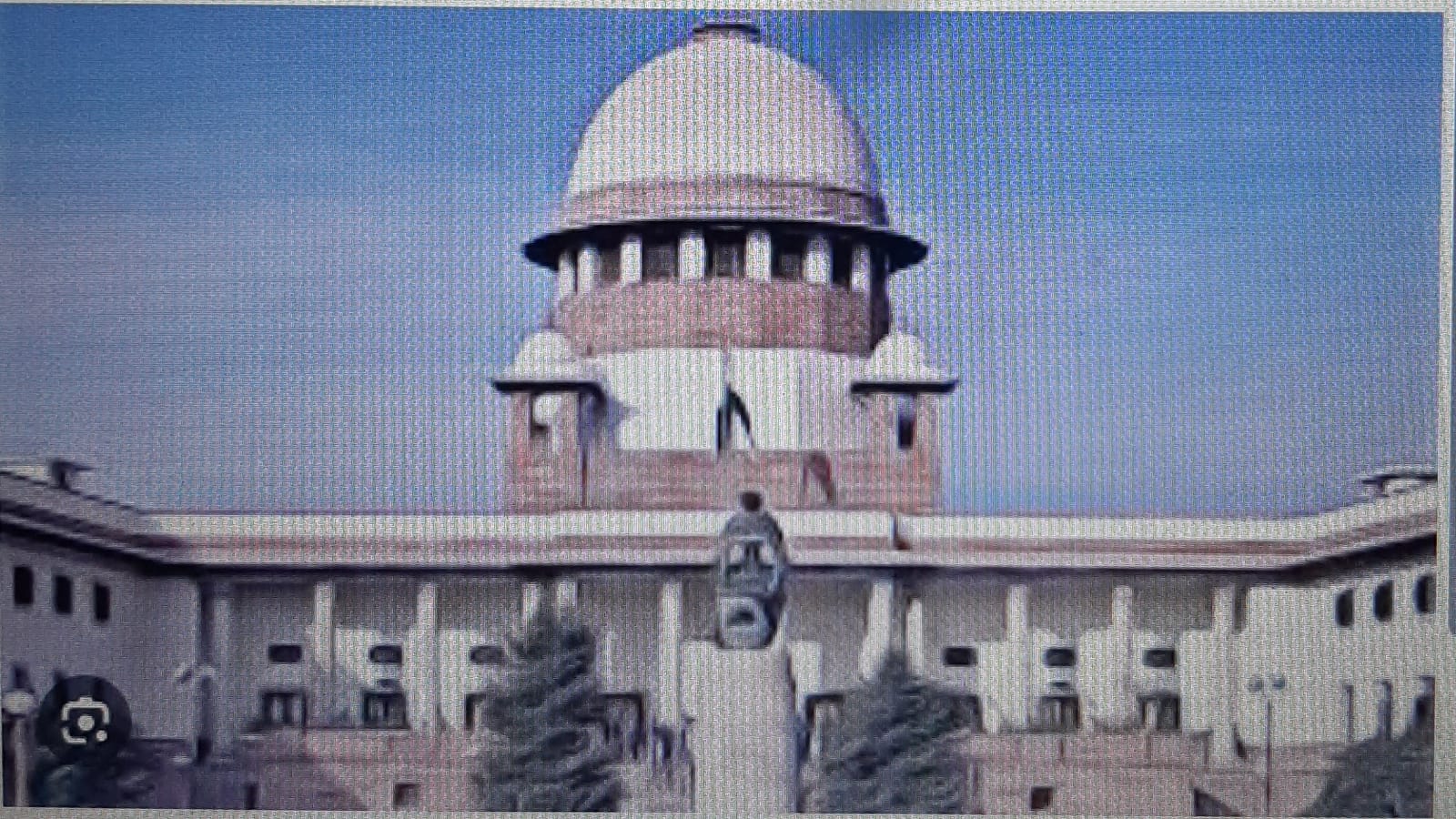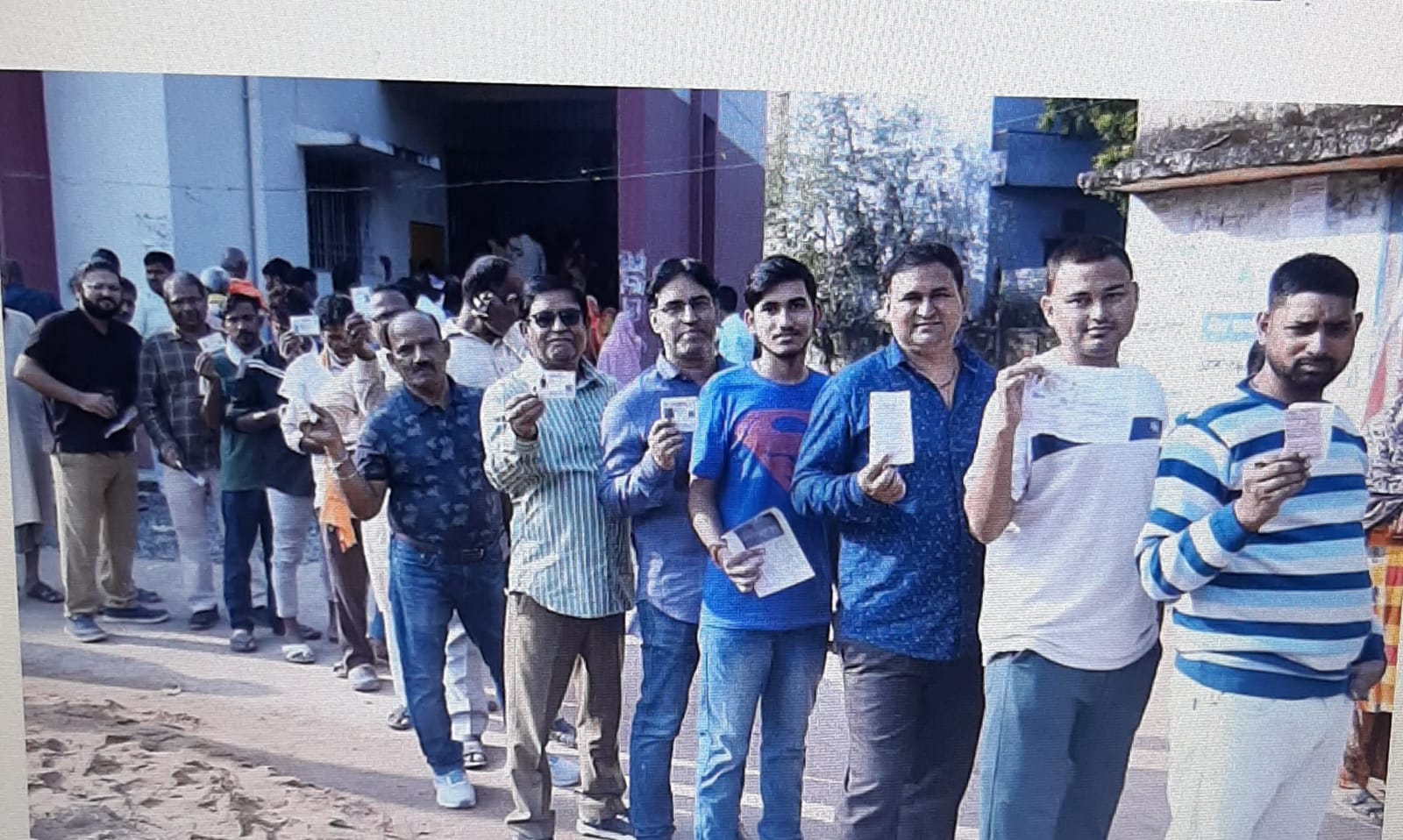
In fact, instead of “doing DNA” of Taj Mahal as Paresh Rawal says in one of his dialogues in the films, the Hindi film makers should seriously read impartial history and take help of historians while making such films. Jaundiced vision would only tarnish India’s glorious past and “Jodha Bais and Anarkalis” would keep popping up from nowhere, writes M Hasan
Lucknow, November 2: So the divide is on expected line. The Right Wing organizations in Agra have come out to promote the film The Taj Story by offering free cinema tickets to the film enthusiasts in the Taj City. Welcoming the “Tejo Mahal” moment in the film these organizations have also offered to provide extra lollipops to the cinemagoers. It is in fact “Kashmir files and Kerala Files” moment for the Right Wing followers.
Even though lead actor Paresh Raval has claimed that the film is “not aimed at communal animosity and would promote tourism”, the tone and tenor certainly does not reflect in this direction. Ever since so-called historian P N Oak came out of his Tejo Mahalaya conspiracy theory contending that the Taj Mahal was originally a Hindu temple, later taken over by the Mughals in his book “Taj Mahal: The True Story in 1989, there has been no dearth claimants of such theory with film industry lending supporting hand to these people.
Significantly it is not just Taj Mahal whose archeological veracity has been questioned over the decades with several cases being filed in courts, cinema industry has also been instrumental in “unearthing” scores of Mughal characters which never existed in the history. The misrepresentation and fabrication in Mughal history in films like the 1960s great film Mughal-e-Azam” or 2008 “Jodha Akbar” or the film Padmavat on Sultanate period representing Sultan Allauddin Khilji amply indicated the mindset of a section of the film industry.
Well-known historians of Medieval history are of the view that authentic history sources have not indicated about any person like “Jodha Bai (wife of Mughal emperor Akbar) or love story of Anarkali (a slave girl involving the Prince Salim). Prominent Historian of Aligarh Muslim University and secretary of Indian History Congress Prof Ali Nadeem Rezavi said that the Hindi historical films never even remotely invoke the real, lived past. Nor did the makers consider it necessary to take the help of professional historians to understand the period in which they set their films. The basic concern of all the directors, without exception, seems to be only to make a film on a ‘story’ which would sell and not to make it to conform to what actually happened or could happen in the past”.
It is not that Paresh Raval is first to make a film on the Taj Mahal. There were films: Taj Mahal (1941), Mumtaz Mahal (1944), Taj Mahal (1963) and Taj Mahal: an Eternal Love story (2005). But they were centered on the woman and the imperial love inspired for the construction of the great monument in Agra. However, these films were of the era when historical authenticity was strictly maintained and the producers tried to do justice with basic concept. Now with changed mindset with fabrications and myth being presented as “original and authentic history” during the last one decade, the film industry is also attracted towards it.
Referring to the construction of Taj Mahal Prof Rezavi said “authentic documents of the period are available that this “Maqbara” was constructed during the period of Mughal emperor Shahjehan”. He said no other Mughal building has as much documents-records as Taj Mahal. Prof Rezavi said that a “Farman” (emperor’s order) is available in which had written to “Mirza” Jai Singh that his court Vastu Shashtris “have told him that the place where your (Jai Singh) Palace stands by the riverside is suitable for the Maqbara. You give it us and we will compensate you adequately”. Jai Singh quickly agreed and in lieu of that palace on which Taj Mahal was constructed over a period of 22 years, the Emperor gave him four bigger palaces and other vast properties in the same vicinity, which was later came to be known as “Jai Singh Pura”.
Prof Rezavi says “ there is no documentary evidence to prove that a Shiv Temple existed there prior to construction of the monument”. He said a map of Agra of 1720 available in Swain Man Singh (descendent of Jai Singh) museum in Jaipur has no mention of any temple on the spot but “clearly indicates about Maqbara of Mumtaz Mahal”. Prof Rezavi further said that entire area came to be known as “Mumtazabad and later came to be known as present day “Taj Ganj”.
About the construction materials, Pro Rezavi said that Bikaner museum has detailed records in the form of manuscripts which mentioned about the supply of stone, marble, labour and other things which were supplied to Agra on royal orders. About the archeology of the monument, Prof Rezavi said it was mixture of two cultures: Indian and Mughal architecture. He said instead of looking at these Mughal monuments with Hindu-Muslim angle, one should see it as a great archeological marvel.
In fact, instead of “doing DNA” of Taj Mahal as Paresh Rawal says in one of his dialogues in the films, the film makers should seriously read impartial history and take help of historians while making such films. Jaundiced vision would only tarnish India’s glorious history and “Jodha Bais and Anarkalis” would keep popping up.
(M Hasan is former Chief of Bureau, Hindustan Times, Lucknow)









